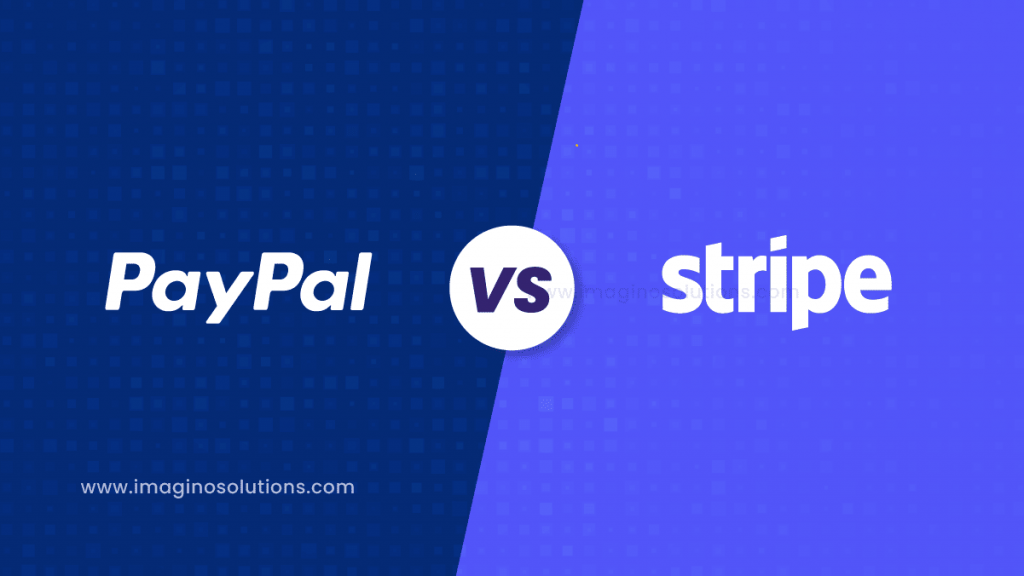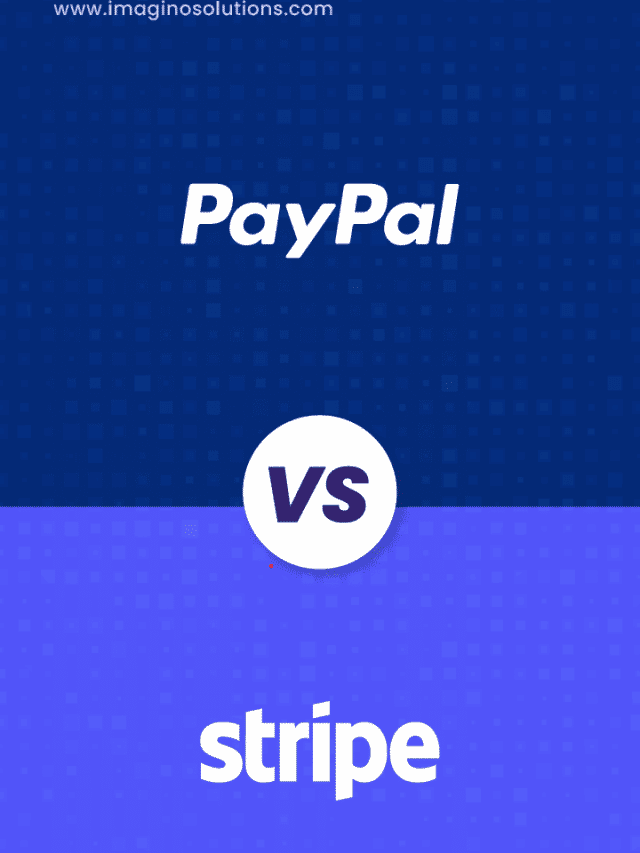PayPal and Stripe are two of the most popular and well-known payment gateways. Stripe, PayPal, and Square are payment service providers, or PSPs, that help small businesses accept payments in person and online. Stripe may be best for small businesses that prioritize customization, and PayPal may be better for small businesses with an international customer base. But if the price is key, Square may be your winner. PayPal is better suited for small or new businesses that are just getting started, while Stripe is a better fit for larger companies.
Table of Contents
Benefits of stripe
- Flat-rate, transparent pricing with no setup, cancellation, or monthly fees.
- 24/7 customer support via phone, email, and live chat.
- Advanced reporting tools
- Multi-currency support for international merchants
- methods and currencies.
- Highly customizable checkout flow.
- Easy and quick to set up.
Benefits of PayPal
- Diverse Financing Options
- Multiple subscription plans are available
- Instant Deposits to Your PayPal Account
- Mobile-friendly Payment Solutions
- Virtual terminal, hosted checkout pages, and recurring billing are available
PayPal vs Stripe: Features
Transaction Costs and Fee
On the micropayments side, PayPal is the clear victor, charging significantly less than Stripe per microtransaction. Micropayments are generally those under $10. Stripe and PayPal both allow you to get started without any monthly charges. This helps small businesses avoid extra costs if they don’t make any sales.
Ease of Use
Stripe and PayPal both are easy to use, which is why they are among the best payment gateways. PayPal provides its users with basic functionality that can be enhanced by copying/pasting a few lines of code. Stripe can be integrated with third-party e-commerce tools, making it easy to set up, but it’s a bit more complicated than PayPal.
Third-Party Integration
Stripe offers an easy-to-use API. It offers a lot of detailed documentation that’s written in clear language so that your developer can quickly start building. If you want a payment processing solution that offers copious third-party integration, then Stripe is the perfect option; it provides ample third-party integrations categorized for 15 industries. PayPal is easy to integrate with your store’s website and takes only a few minutes to configure. PayPal is integrated with the leading eCommerce platforms, including WooCommerce, BigCommerce, Shopify, Wix, and Squarespace.
Global Availability
Stripe is available for businesses in 47 countries and plans to expand its reach to more countries with time. PayPal provides its services in more than 200 countries, making it easier for you to send and receive payments from anywhere in the world.
Supported Currencies
PayPal supports payments in 25 currencies and Stripe supports payments in more than 135 currencies, giving your customers the freedom to pay in their native currency.
Payment Methods
PayPal has various point of sale (POS) systems for your in-person sales, and you can quickly receive payments through ERPLY, Brightpearl, and Vendor Touchpoint. PayPal supports many credit cards, including Visa, American Express, JCB, and MasterCard, but lacks support for many others. Stripe accepts almost every known debit and credit card along with the following e-wallets: Google Pay, Apple Pay, Alipay, Amex Express Checkout, Microsoft Pay, Visa Checkout, and WeChat.
Security
Security is the main priority for Stripe, as it gives a real focus on the developer-centric experience. Stripe offers you various card data collection methods for merchants, namely Element, express check-out, and Stripe.js. PayPal provides an extra layer of protection by ensuring that merchants never see your sensitive information. PayPal frees you from cybersecurity worries through its centralized system and keeps all the valuable bank information private by encrypting that information.
Final Thoughts
Both Stripe and PayPal offer great features and major flexibility. Ultimately, which payment gateway you have to choose depends on your business’s specific needs. However, even if you have your own payment processing service or choose to go with Stripe, PayPal makes a good addition because it is a trusted service, expands your payment processing capabilities, and has no additional fees if it’s not used regularly.
If you need any assistance in choosing a payment gateway, feel free to contact us.


